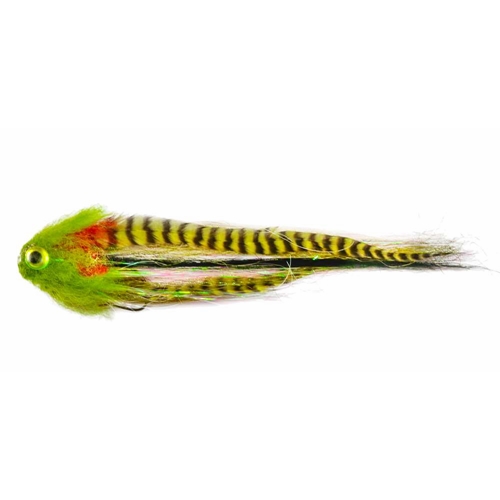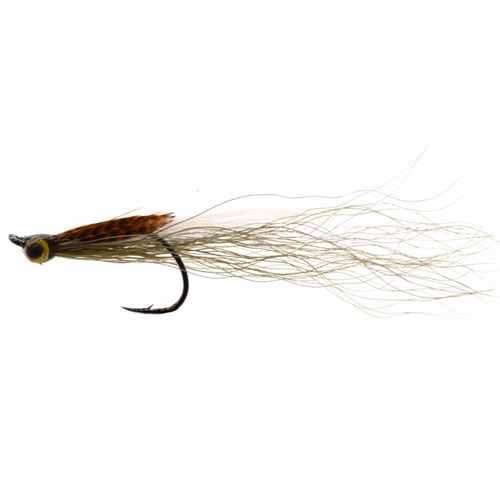We’ve covered the basic do’s and don’ts of casting in fly fishing. We covered some of the principles of how to change direction, but there are a couple of other things you should bear in mind also.
First, because of limited rod length, only a certain amount of line can be lifted into the new direction. Gauge it yourself, and figure out the most you can safely lift out of the water, as you’re more likely to get the result you’re after with a comfortable amount. You don’t want a pile of unravellled knitting at your feet, after all.
Another way to change direction is to try a few false casts, changing the angle only slightly between them until you achieve the direction to deliver the fly exactly where you want it to go. Even a small change of direction should prevent a collision course, though this approach can be both tiring and time consuming. We mention it simply because it’s one approach worth trying until you develop your skills like a fully-fledged ninja angler.
Possibly the most elegant and efficient way to change direction is to use one of the Spey casts (see earlier blogs on Spey casting). These will align the back cast then you can perform a short roll cast before lifting into a straight line back cast and deliver the fly. A bit of practice will let you perform "roll lift" directly after changing direction with the Spey cast, which hits high, is allowed to extend and lets you continue with a straight line back cast without contacting the water.
Again, we’d welcome feedback (and indeed, suggestions for improvement) on our series of fly fishing tutorials.


















